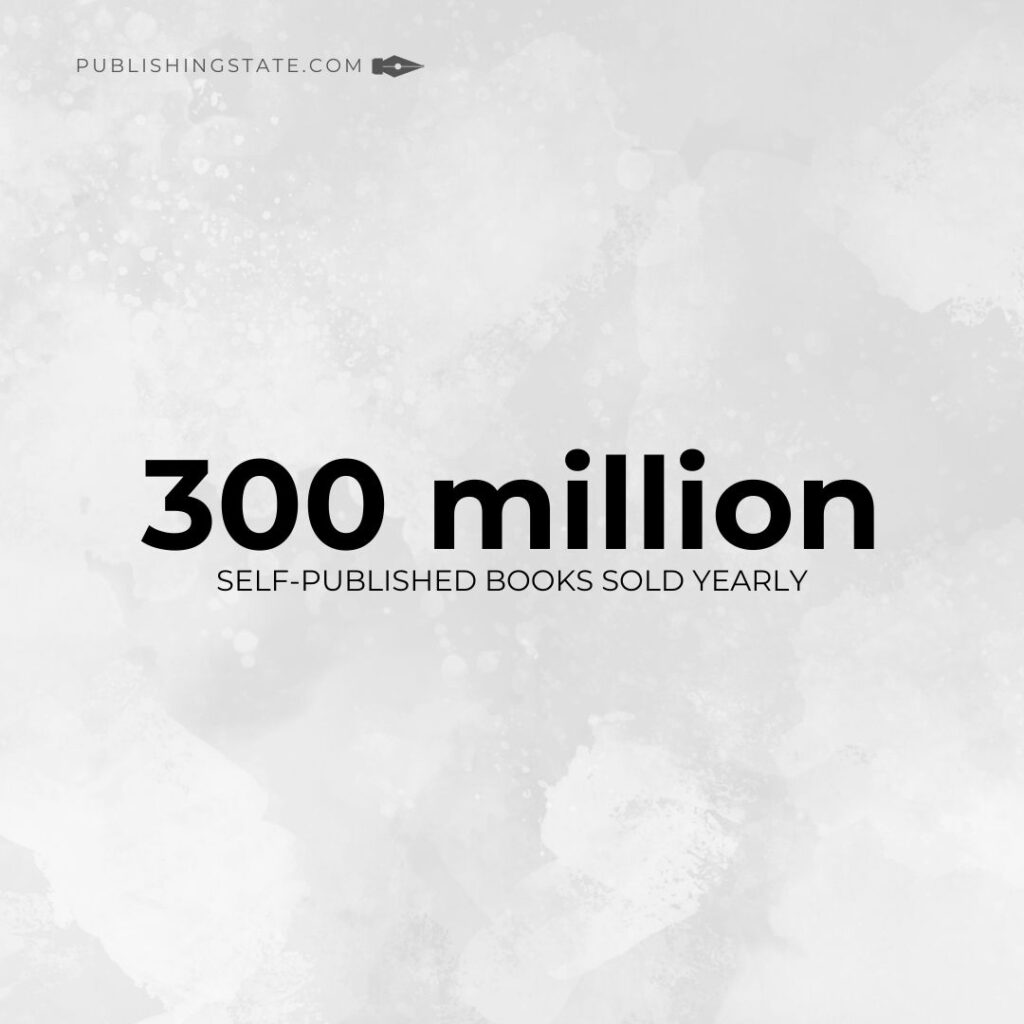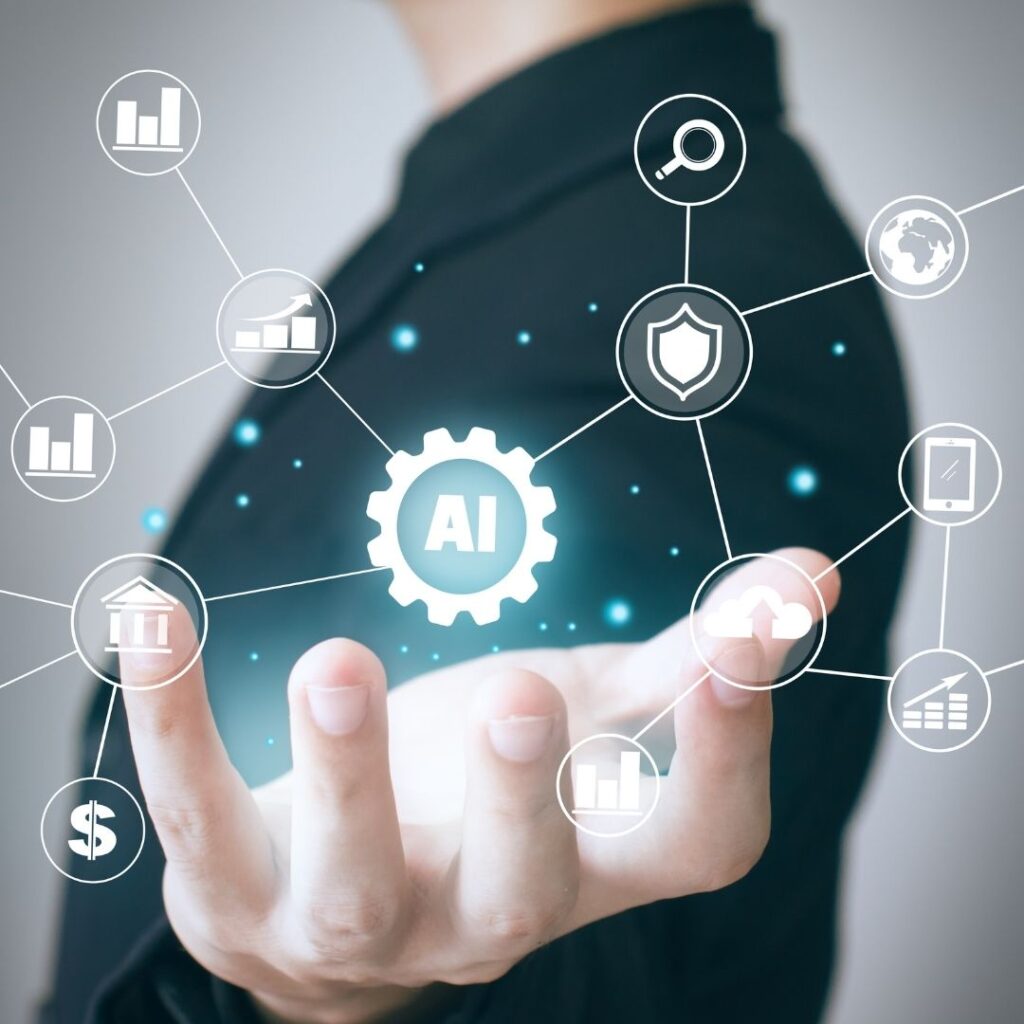Table of Contents
- Introduction
- What is Self-Publishing?
- The Changing Landscape of Publishing
- The Role of AI in Self-publishing
- Embracing the Opportunity of AI in Self-publishing
- Conclusion
Introduction
The publishing industry stands at the precipice of a new era. Artificial intelligence (AI) advances promise to reshape the creation and distribution of books fundamentally. The write-up will explore the role of AI in self-publishing and how AI will transform self-publishing.
As technology disrupts traditional business models, the growth of self-publishing provides new opportunities for authors outside the confines of legacy publishers. This section introduces the transformative potential of AI for authors looking to take control of their careers.
AI’s application in publishing can potentially automate and enhance multiple aspects of the writing and publishing process. AI tools can help authors brainstorm ideas, provide writing suggestions, catch errors, and generate full drafts.
On the distribution side, AI can optimize marketing and recommendations to connect books with the right readers. For self-published authors who lack the infrastructure of major publishers, AI tools level the playing field by providing access to advanced technologies.
Technological disruption has impacted industry after industry, from music to movies to journalism. The publishing world will be no exception. As AI continues its march into the creative process, publishers clinging to old business models will struggle. Meanwhile, authors willing to embrace new technologies will find expanding opportunities through self-publishing.
Self-publishing has exploded recently, allowing authors to release books directly to readers. Cutting out the middleman publishers has redirected billions in revenue. Integrating AI in self-publishing will fuel this growth by providing authors with tools to rival traditional publishers. The changing landscape allows authors to take control of their success.
What is Self-Publishing?
Self-publishing is the process by which an author publishes their work independently, without using a traditional publishing house or company. This method allows the author to control the entire creative and selling process, from writing and editing to formatting, cover design, marketing, and distribution.
In the traditional publishing model, publishers assume responsibility for these tasks and retain a significant portion of the profits. In contrast, self-publishing means the author bears all the costs upfront, but they also keep most of the revenue from book sales.
The advent of digital technology has made self-publishing more accessible to many authors. Platforms like Amazon Kindle Direct Publishing, Smashwords, and Lulu have simplified the process, allowing authors to publish ebooks and print-on-demand books. Self-publishing can provide a more direct and personal connection between authors and readers, allowing authors to publish on their own terms.
The Changing Landscape of Publishing
The publishing industry has undergone a seismic shift in recent years with the meteoric rise of self-publishing. Where once the traditional publishing houses held all the cards, authors can now publish their work independently and retain full creative and financial control. This new self-publishing model has already diverted billions of dollars away from the major publishers.
The Financial Impact of Self-publishing
According to a study, 300 million self-published books have been sold in the past few years, while almost one-third of all ebooks sold are self-published. With hundreds of thousands of self-published books being released every year, it’s clear that authors are flocking to self-publishing in ever greater numbers.

For the major publishers, this represents an enormous chunk of revenue that is now going directly into the pockets of indie authors instead. While the big publishers still dominate print sales, the growing ebook market is increasingly owned by self-published authors. As more readers transition to digital media, the power balance shifts.
Self-publishing Gains Legitimacy
What was once dismissed as vanity publishing is now a viable and attractive option for many authors. The stigma around self-publishing has diminished as indie authors have repeatedly proved they can produce professional quality books that sell just as well as traditionally published titles.
Several self-published authors have topped the bestseller charts on Amazon, showing that self-publishing can lead to real commercial success. As a result, the publishing industry can no longer afford to ignore self-publishing or treat it as an inferior option.
The Parallels with Other Media Industries
Just as digital disruption overturned the music industry and television/film with the advent of iTunes and Netflix, self-publishing has a similar impact on books. The ability to self-publish and distribute digitally has reshaped the industry’s power dynamics.
As publishing continues to transition online, self-publishing looks set to gain more and more ground. The major publishers will need to adapt quickly to this new landscape, just as record labels and film studios have had to do.
The Role of AI in Self-publishing
The publishing industry is ripe for disruption from AI. As AI capabilities advance, new opportunities arise for generating additional revenue from books. Audiobooks have already proven successful in this regard, but AI may take this even further.
AI for Content Generation
AI plays a significant role in content generation for self-published authors. It can aid the writing process in several ways:
1. Idea generation. AI can analyze vast amounts of data, including news articles, blogs, social media posts, and more, to identify trending topics or areas of interest. Authors can use these insights to brainstorm ideas for their next book.
2. Writing assistance. AI-powered writing assistants can provide real-time grammar, style, and clarity feedback, helping authors polish their work. These tools use machine learning algorithms to understand context and suggest improvements.
3. Drafting content. Some AI tools can generate full drafts based on an author’s outline or prompts. While these drafts still require human editing and refinement, they can help authors overcome writer’s block and speed up the writing process.
4. Plot development. AI can also assist with plot development by analyzing successful books in a genre and suggesting plot structures likely to engage readers.
5. Character development. AI tools can analyze character traits and relationships from a database of books, helping authors create complex, realistic characters.
In content generation, embedding AI in self-publishing doesn’t replace the creativity and skill of the author. Instead, it augments the author’s abilities, allowing them to focus more on the creative aspects of writing while the AI handles some of the more mechanical tasks. As AI technology improves, its role in content generation will only grow, offering even more support to self-published authors.
Transforming Books into Multi-Media Experiences
AI tools can automatically analyze a book’s content and style to generate multimedia adaptations automatically. For example, textual descriptions could be turned into illustrations, expanding the visual appeal. Dialogue-heavy passages might lend themselves to audio dramatizations.
Even converting the full text to audio could open up new audiences. AI-generated summaries, character bios, and plot refreshers can enhance the reading experience. Authors can leverage these AI capabilities to transform their books into multi-dimensional products.
Tapping into the Rise of Audiobooks
Audiobooks represent a major growth area, with revenue increasing by 30% in 2018 alone. AI text-to-speech technology has played a vital role in fueling this rise. High-quality computer-generated narration makes producing audiobooks faster and more affordable.
This removes a major barrier to self-published authors entering the audiobook market. As text-to-speech continues improving, audiobook popularity seems poised to grow even further. AI looks set to help authors capitalize on this trend.
Adapting Books into Movies and Beyond
Movie adaptations of books represent big business, but not every book lends itself well to film. AI could also open new possibilities by analyzing literary works to determine which might work better as mini-series, animations, video games, or even virtual reality experiences.
AI tools can identify passages suitable for adaptation and generate scripts, character models, and storyboards. This could make adapting books for different mediums faster, easier, and more profitable. Authors may find expanding their intellectual property into new formats far more achievable through AI assistance.
Editing and Proofreading
Editing and proofreading are critical steps in the publishing process, ensuring that a book is polished, professional, and error-free before it reaches readers. These tasks can be time-consuming and require significant attention to detail. AI can assist self-published authors in these areas, making the process more efficient and less daunting.
1. Grammar and spelling corrections. AI-powered tools like Grammarly and ProWritingAid can check an author’s work for grammar, spelling, punctuation, and syntax errors. These tools use machine learning algorithms to understand context, detect mistakes, and suggest corrections.
2. Style improvements. Beyond simple error detection, integrating AI in self-publishing can provide stylistic suggestions to improve the flow and readability of a text. They can identify passive voice, overly complex sentences, repetition, and other potential issues. These suggestions help authors refine their writing style and ensure their message is clear.
3. Consistency checks. AI can also help maintain consistency throughout a book. It can track character details, plot points, and settings to ensure they remain consistent. This is especially useful for long works or series where keeping track of all details can be challenging.
4. Automated proofreading. AI technology can perform a full proofread, catching errors that human eyes might miss. While this doesn’t replace the need for human proofreaders, it can serve as an additional layer of quality control, catching unnoticed mistakes.
5. Formatting assistance. In self-publishing, AI can also assist with formatting, ensuring the book meets the standards of various publishing platforms. This includes proper layout, spacing, margins, and more.
By automating and enhancing aspects of the editing and proofreading process, AI can help self-published authors produce high-quality work. It allows authors to focus more on the creative aspects of writing, knowing that technical issues and inconsistencies will be flagged by their AI tools.
However, it’s important to remember that AI is a tool to assist authors, not replace them. Even the most advanced AI cannot replicate the nuanced understanding and judgment of a human editor or proofreader.
Embracing the Opportunity of AI in Self-publishing
Incorporating AI in self-publishing undoubtedly brings new challenges and risks that must be carefully considered. However, focusing solely on potential perils can cause us to overlook AI’s tremendous opportunities for the publishing industry. Rather than viewing AI with fear or skepticism, authors and publishers should approach it with cautious optimism.

AI tools like predictive text generators, automated editing software, and data analytics engines have the power to enhance nearly every stage of the publishing process. These technologies enable authors to be more productive and creative while helping publishers connect with readers and make smarter business decisions.
Of course, implementing any new technology requires adapting and learning new skills. But refusing to engage with AI means missing out on innovations that could take publishing to the next level. With an open yet critical mindset, we can reap AI’s benefits while minimizing risks.
Striking the right balance means honestly assessing concerns like plagiarism, copyright issues, and the over-reliance on algorithms. However, we shouldn’t let the specter of worst-case scenarios prevent us from exploring AI’s positive potential. With care and wisdom, AI can become an empowering tool, not a threat to authors and publishers.
The publishing industry has evolved many times and will continue to change in the years ahead. Integrating AI in self-publishing will play a key role in that transformation. By embracing this technology as an opportunity rather than an obstacle, we can shape it into a force for creativity, connection, and progress.
While AI presents valid concerns regarding plagiarism, copyright issues, and over-reliance on algorithms, focusing too much on worst-case scenarios can prevent us from realizing AI’s tremendous potential. With care and wisdom, we can minimize risks while exploring how AI can empower authors and publishers.
Rather than reacting with fear or skepticism, authors and publishers should approach AI with cautious optimism, seeing it as an opportunity to enhance creativity and productivity. AI tools can help at nearly every stage of the publishing process if implemented thoughtfully. This technology represents an exciting innovation that could take publishing to the next level.
Implementing any new technology requires adapting to change thoughtfully. With AI, striking the right balance is key. We must honestly assess concerns and risks, establishing safeguards where needed. However, we shouldn’t let worst-case scenarios prevent us from exploring the many positive ways AI could transform publishing. With care and wisdom, we can reap the benefits while minimizing perils.
Conclusion
The role of AI in self-publishing as a game change is clear. As discussed, AI tools can help authors generate ideas, write drafts, edit content, and even design book covers. For self-published authors, this means faster publishing times and lower costs. You are no longer held back by the gatekeepers of traditional publishing; they have an opportunity to unleash their creativity.
However, as with any new technology, there are risks involved. Plagiarism, quality control, and the possible replacement of human jobs are valid concerns. But rather than resist progress, the wise response is to embrace AI as an empowering tool. With proper safeguards in place, AI can elevate self-publishing to new heights.
AI allows publishers to increase efficiency and meet customer demands better. AI can augment tasks like proofreading, fact-checking, and design. This frees up publishers to focus on big-picture editing and marketing. AI also enables quicker adaptation to market trends through rapid content generation and testing.
The future is here. AI will continue to disrupt publishing, just as in other creative industries. The extent to which it helps or harms us is largely up to us. By approaching AI with wisdom, ethics, and an open mind, we can guide it toward human flourishing rather than our obsolescence.

1 thought on “Exploring the Role of AI in Self-publishing”